Private Russian projects are torn into space
Once space was the inheritance exclusively of the state. But times are changing, and modern countries are increasingly focusing on earthly issues, which are full. The Cold War is a thing of the past, so now Russians and Americans no longer need to prove to each other that they are better than they really are.
Fortunately space Technology were not in vain. Now they have fallen into the hands of ambitious millionaires and billionaires who want to at least leave their mark on history. As a maximum, build space mega-corporations that will bring big profits.
It is difficult to do this: the missiles themselves do not need very much and the customers are quite enough of those that are. However, difficulties do not frighten people like Elon Musk, who proved that with the right approach, you can leave competitors far behind, even starting your business from scratch, conditionally. Now the Falcon 9 rocket is the most popular launch vehicle on the launch market. And recently, SpaceX successfully sent into space the first stage of the carrier, which has already been used twice for space launches. Great success.
In principle, it could be predicted, because private traders consider money better than others. So, they are the most effective owners who will not invest in completely ruinous projects in the hope of snatching a piece from the pie (although there are serious questions for Starship). All in all, SpaceX and Blue Origin are now seen as technology leaders in the rocket launch market: both are private. There is also Virgin Galactic, which intends to dictate its rules in the suborbital flight market. But this is if she succeeds as planned by the founder Richard Branson. We will now try to understand what Russian private projects can "shoot" in the foreseeable future.
Sea Launch
This, of course, is a very subjective assessment, which is largely based on the “hype” around the S7 Space company (subsidiary of the S7 Group), which owns the spaceport. But we must pay tribute to the founder of the "seven" Vladislav Filev. Thanks to his efforts, at least they began to talk about the Russian private space industry. If anyone does not know, then S7 Space plans to launch rockets from a floating spaceport: first Ukrainian Zeniths, and then promising Russian Soyuz-7s. Most interesting: recently, the Director General of the Central Aerohydrodynamic Institute, Kirill Sypalo, said that S7 wants to implement a reusable concept on Soyuz-7, following the example of Falcon 9. That is, they want to plant the carrier in a rocket-dynamic way.
In theory, everything looks very good, and this approach will maximize savings on launches. And the location of the cosmodrome at the equator, where there are the best conditions for launch (you can use the Earth's rotation speed as efficiently as possible) allows us to talk about a possible breakthrough. However, this requires the closest possible cooperation between S7 Space and RSC Energia, which creates the Irtysh rocket, chosen as the basis for the new Soyuz. And here serious problems may arise related to the bureaucracy and the desire of Roskosmos to maintain a monopoly in their country. May occur and "political"Problems with the supply of the Zeniths already mentioned above. So let everyone decide for themselves whether or not to believe in the success of S7 Space. There are not many options for Russian rocket science.
Ultralight Taimyr rocket
Micro-rocket fever has not spared Russia. Here it is necessary to clarify: modern electronics allows you to create very small satellites of micro- and nanoclasses. For their delivery into space, heavy and even middle-class missiles are not needed. Fairly light and relatively cheap missiles.
This is how the Taimyr project came about, which is being developed by the private company Lin Industrial. After the financial difficulties of 2017, she joined the Galaxy group of companies. It is assumed that the Taimyr rocket will be able to bring payloads weighing up to 180 kilograms into low Earth orbit. And we are talking about a whole family of missiles with different capabilities. They want to control the carrier with the help of gas nozzles and trellised air rudders. On the Lin Industrial website it is indicated that they want to use kerosene as fuel, and concentrated hydrogen peroxide as an oxidizing agent. It is important to say that this fuel does not need equipment that can withstand ultra-low temperatures and is not toxic.
The problem for the project may be high competition in the launch market. Recall at least the ultralight New Zealand "Electron", which is already flying with might and main. And around which there is a lot of noise in the media.
Reusable ship from CosmoCurs
Another highly ambitious Russian private space project is the reusable spacecraft from CosmoCourse. This is a company founded in 2014 as part of the Skolkovo Foundation. Its main purpose is space tourism. So far, not much is known. It was reported that the ship will be able to take on board up to six tourists who will spend fifteen minutes in space, rising to a height of about 180 kilometers - it was in such an orbit that Yuri Gagarin first flew around the Earth.
The starting mass of the rocket will be up to 80 tons, the mass of the ship with people - 7 tons. The main components of the rocket fuel will be oxygen and alcohol, and nitrogen will be an accompanying component. The first test launch is scheduled for 2021. The cost of tickets should be 200 - 250 thousand dollars. Earlier it was also reported that the Cosmocourse company analyzes the jet landing of the ship's capsule due to its engines, without the use of a parachute. Such an approach, without a doubt, will require additional tests, which risk raising the price of the project to heaven.
Satellites Dauria Aerospace
From our entire list, the Russian private company Dauria Aerospace is engaged in the most “mundane” things, namely, the development of small satellites and the sale of components for them. However, the company is distinguished by the fact that it is one of the very few Russian private traders who can boast of real results. Recall that in 2015 the company sold two satellites to Aquila Space from the United States, having received the first income from its activities. Even earlier, in June 2014, the company, using the Dnepr rocket, launched the Perseus-M1 and Perseus-M2 satellites, microsatellites of the Perseus group to probe our planet. They are based on the new Perseus satellite platform.
In July 2014, Dauria Aerospace, using the Soyuz rocket, delivered an experimental satellite into space to test DX1 technologies. However, due to a technical malfunction, another device - the MKA-N - did not communicate. The company is currently working on new-generation satellites Auriga weighing up to 50 kilograms, as well as the Atom space platform, which is designed for satellite equipment weighing up to one ton. These are important and promising areas that, in theory, can make the whole world talk about Russian satellites.
Satellites satellites
There is another private company, which also made me talk about myself. On June 19, 2014, the Sputniks-designed tablettsat-Aurora weighing 26 kg was launched into low Earth orbit. He is considered the first Russian private microsatellite. Now the company is actively working with youth. So, its experts came up with a desktop designer that will allow even a child to build a microsatellite. The involvement of the younger generation in the space industry is a clearly important step in the context of the popularization of space and science in general.
Fortunately space Technology were not in vain. Now they have fallen into the hands of ambitious millionaires and billionaires who want to at least leave their mark on history. As a maximum, build space mega-corporations that will bring big profits.
It is difficult to do this: the missiles themselves do not need very much and the customers are quite enough of those that are. However, difficulties do not frighten people like Elon Musk, who proved that with the right approach, you can leave competitors far behind, even starting your business from scratch, conditionally. Now the Falcon 9 rocket is the most popular launch vehicle on the launch market. And recently, SpaceX successfully sent into space the first stage of the carrier, which has already been used twice for space launches. Great success.
In principle, it could be predicted, because private traders consider money better than others. So, they are the most effective owners who will not invest in completely ruinous projects in the hope of snatching a piece from the pie (although there are serious questions for Starship). All in all, SpaceX and Blue Origin are now seen as technology leaders in the rocket launch market: both are private. There is also Virgin Galactic, which intends to dictate its rules in the suborbital flight market. But this is if she succeeds as planned by the founder Richard Branson. We will now try to understand what Russian private projects can "shoot" in the foreseeable future.
Sea Launch
This, of course, is a very subjective assessment, which is largely based on the “hype” around the S7 Space company (subsidiary of the S7 Group), which owns the spaceport. But we must pay tribute to the founder of the "seven" Vladislav Filev. Thanks to his efforts, at least they began to talk about the Russian private space industry. If anyone does not know, then S7 Space plans to launch rockets from a floating spaceport: first Ukrainian Zeniths, and then promising Russian Soyuz-7s. Most interesting: recently, the Director General of the Central Aerohydrodynamic Institute, Kirill Sypalo, said that S7 wants to implement a reusable concept on Soyuz-7, following the example of Falcon 9. That is, they want to plant the carrier in a rocket-dynamic way.
In theory, everything looks very good, and this approach will maximize savings on launches. And the location of the cosmodrome at the equator, where there are the best conditions for launch (you can use the Earth's rotation speed as efficiently as possible) allows us to talk about a possible breakthrough. However, this requires the closest possible cooperation between S7 Space and RSC Energia, which creates the Irtysh rocket, chosen as the basis for the new Soyuz. And here serious problems may arise related to the bureaucracy and the desire of Roskosmos to maintain a monopoly in their country. May occur and "political"Problems with the supply of the Zeniths already mentioned above. So let everyone decide for themselves whether or not to believe in the success of S7 Space. There are not many options for Russian rocket science.
Ultralight Taimyr rocket
Micro-rocket fever has not spared Russia. Here it is necessary to clarify: modern electronics allows you to create very small satellites of micro- and nanoclasses. For their delivery into space, heavy and even middle-class missiles are not needed. Fairly light and relatively cheap missiles.
This is how the Taimyr project came about, which is being developed by the private company Lin Industrial. After the financial difficulties of 2017, she joined the Galaxy group of companies. It is assumed that the Taimyr rocket will be able to bring payloads weighing up to 180 kilograms into low Earth orbit. And we are talking about a whole family of missiles with different capabilities. They want to control the carrier with the help of gas nozzles and trellised air rudders. On the Lin Industrial website it is indicated that they want to use kerosene as fuel, and concentrated hydrogen peroxide as an oxidizing agent. It is important to say that this fuel does not need equipment that can withstand ultra-low temperatures and is not toxic.
The problem for the project may be high competition in the launch market. Recall at least the ultralight New Zealand "Electron", which is already flying with might and main. And around which there is a lot of noise in the media.
Reusable ship from CosmoCurs
Another highly ambitious Russian private space project is the reusable spacecraft from CosmoCourse. This is a company founded in 2014 as part of the Skolkovo Foundation. Its main purpose is space tourism. So far, not much is known. It was reported that the ship will be able to take on board up to six tourists who will spend fifteen minutes in space, rising to a height of about 180 kilometers - it was in such an orbit that Yuri Gagarin first flew around the Earth.
The starting mass of the rocket will be up to 80 tons, the mass of the ship with people - 7 tons. The main components of the rocket fuel will be oxygen and alcohol, and nitrogen will be an accompanying component. The first test launch is scheduled for 2021. The cost of tickets should be 200 - 250 thousand dollars. Earlier it was also reported that the Cosmocourse company analyzes the jet landing of the ship's capsule due to its engines, without the use of a parachute. Such an approach, without a doubt, will require additional tests, which risk raising the price of the project to heaven.
Satellites Dauria Aerospace
From our entire list, the Russian private company Dauria Aerospace is engaged in the most “mundane” things, namely, the development of small satellites and the sale of components for them. However, the company is distinguished by the fact that it is one of the very few Russian private traders who can boast of real results. Recall that in 2015 the company sold two satellites to Aquila Space from the United States, having received the first income from its activities. Even earlier, in June 2014, the company, using the Dnepr rocket, launched the Perseus-M1 and Perseus-M2 satellites, microsatellites of the Perseus group to probe our planet. They are based on the new Perseus satellite platform.
In July 2014, Dauria Aerospace, using the Soyuz rocket, delivered an experimental satellite into space to test DX1 technologies. However, due to a technical malfunction, another device - the MKA-N - did not communicate. The company is currently working on new-generation satellites Auriga weighing up to 50 kilograms, as well as the Atom space platform, which is designed for satellite equipment weighing up to one ton. These are important and promising areas that, in theory, can make the whole world talk about Russian satellites.
Satellites satellites
There is another private company, which also made me talk about myself. On June 19, 2014, the Sputniks-designed tablettsat-Aurora weighing 26 kg was launched into low Earth orbit. He is considered the first Russian private microsatellite. Now the company is actively working with youth. So, its experts came up with a desktop designer that will allow even a child to build a microsatellite. The involvement of the younger generation in the space industry is a clearly important step in the context of the popularization of space and science in general.
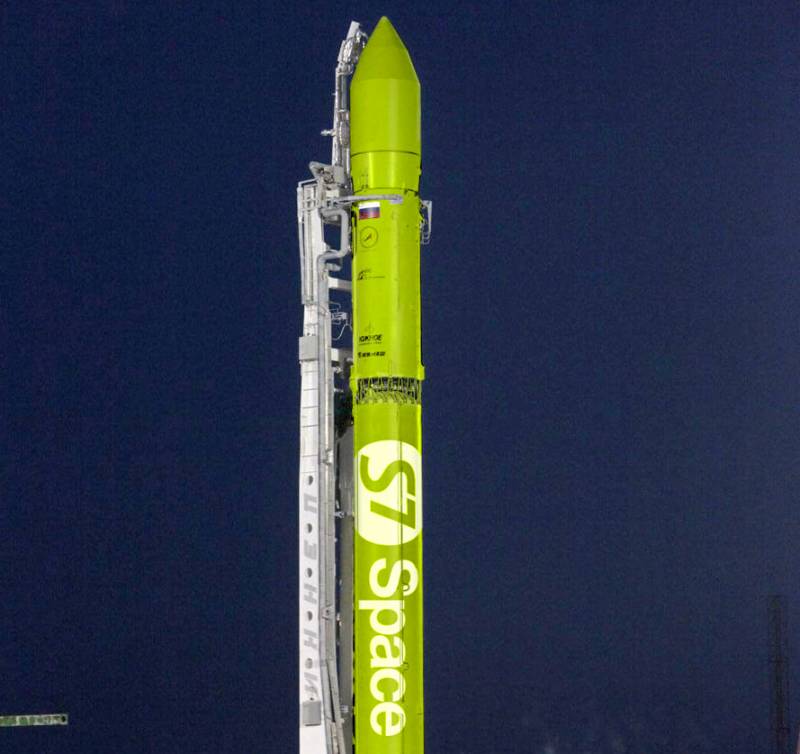
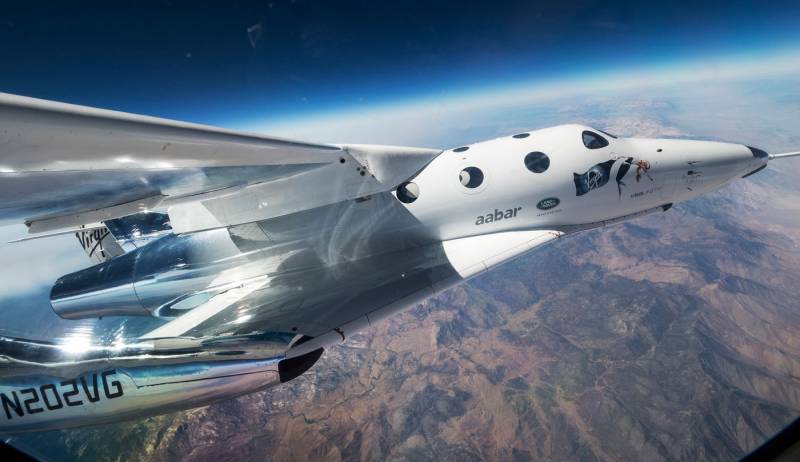
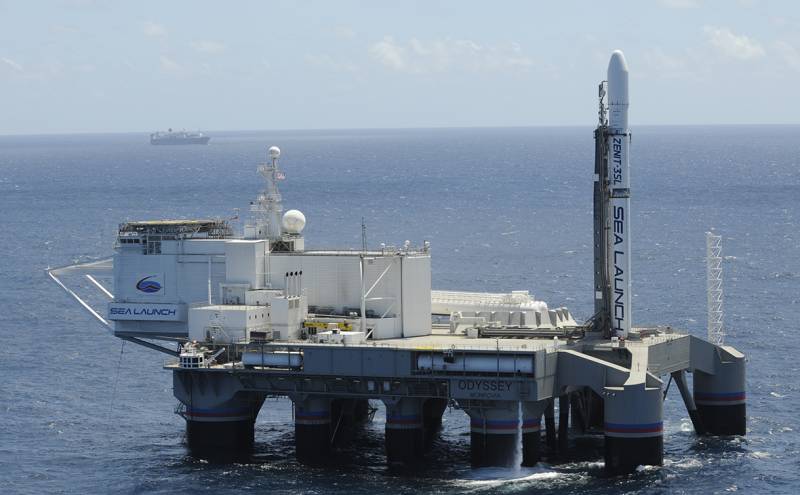
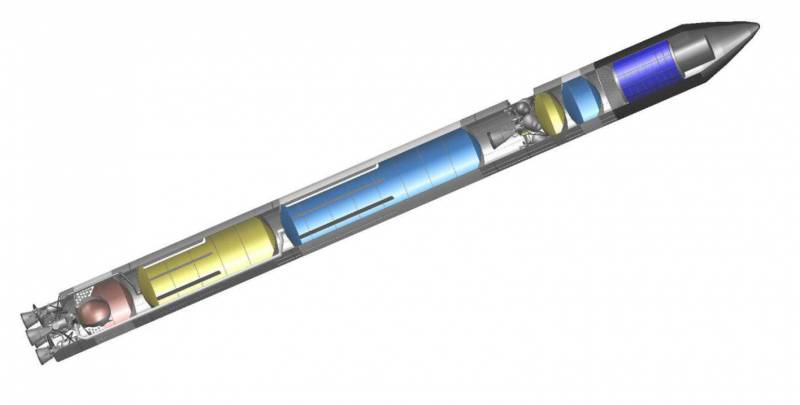
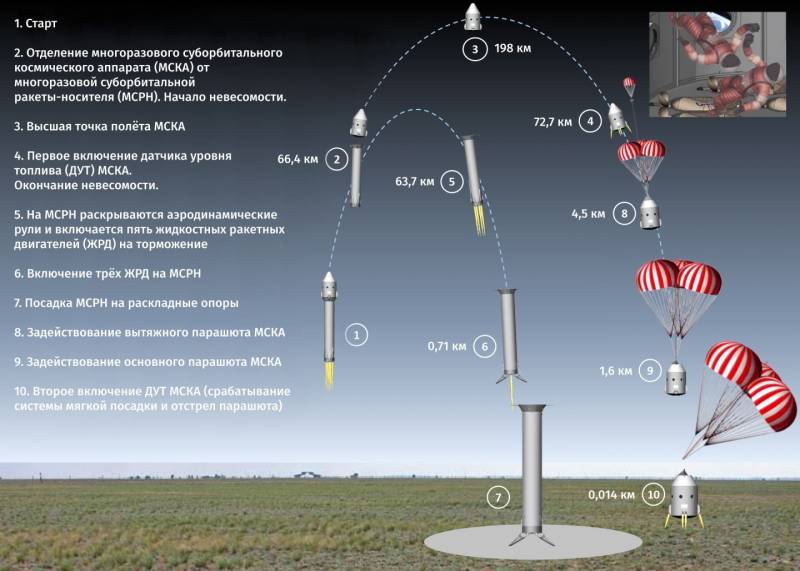
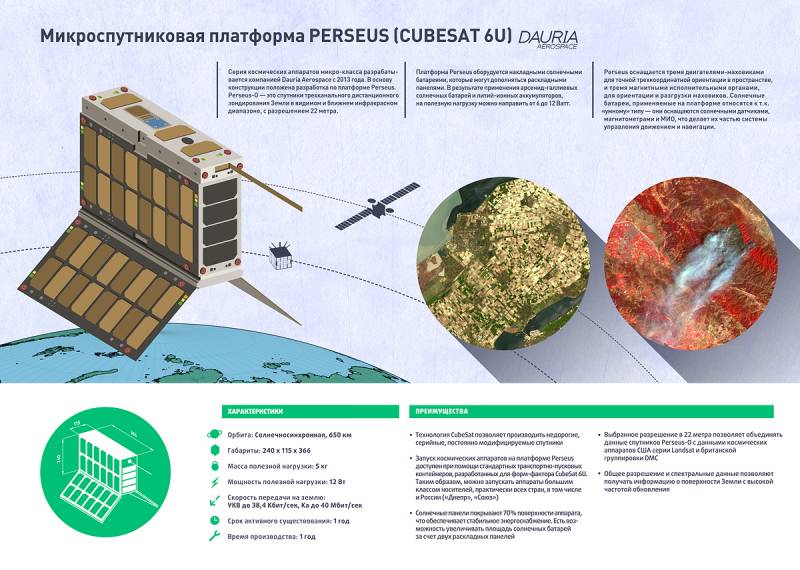
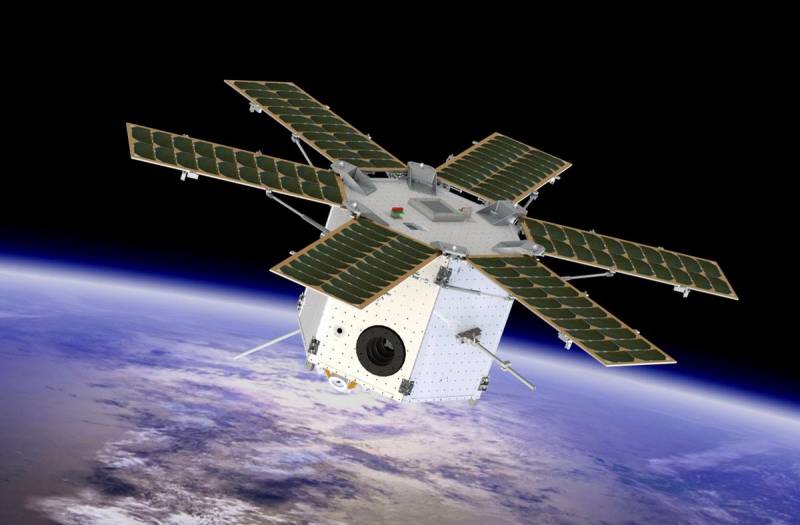
Information